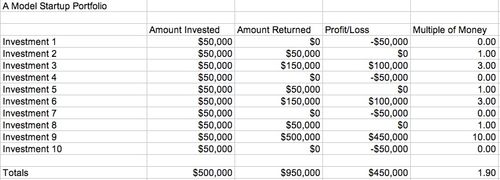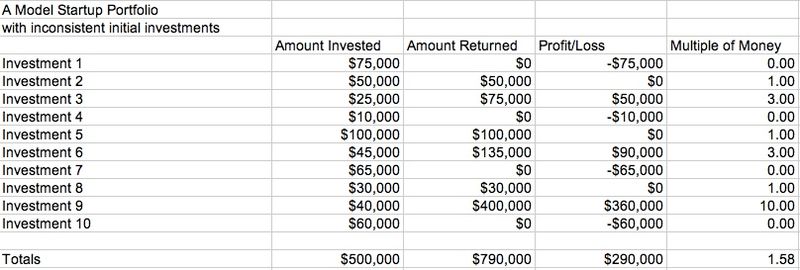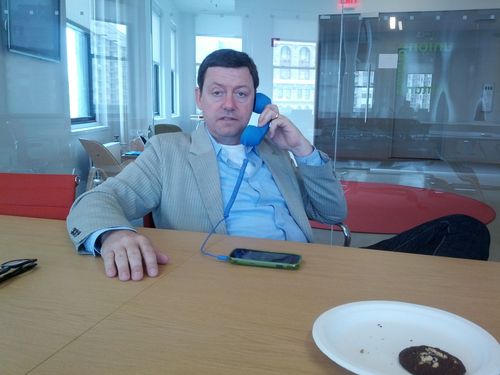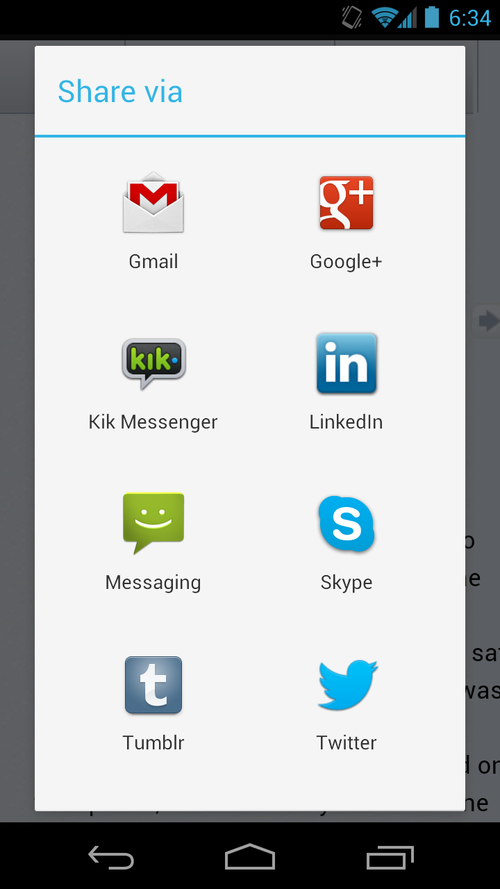Angela is SVP of People and Client Success at Return Path. She joined Return Path over five years ago to focus on the People job and she has added responsibilities since then. I asked Angela to write one of the guest posts in this series on People because she and Matt Blumberg have built one of the most impressive cultures I have seen and I asked her to tell us how they did it.
——————————————————
Just Say No
When Fred asked me to guest blog, I asked if there was a particular topic he wanted me to focus on. Fred replied “write about the single biggest move you and Matt made at Return Path to impact culture, teamwork, and development throughout the organization.”
For me, the biggest shift that we made was when we decided to stop trying to be like every other company and to instead actively resist changes that would not make sense for us. We started saying no, regularly and forcefully, to policies, systems and procedures that many companies adopt as they grow.
Return Path was on a path to becoming a standard, if better-than-average company, with fun perks and all the systems and programs that you’re supposed to implement as you grow. However, that also meant that there was a demand for more policies and rules, it was getting harder to make decisions and people were often frustrated with the pace at which things got done. Collaboration was sometimes confused with consensus and creativity was getting stifled. There was a better way forward where people make good decisions without a phone book of instructions.
The day we committed to no, we were at an executive team offsite and trying to figure out how to implement some changes that would give more power to individuals to get stuff done. We kept getting caught up in the inevitable “What if someone screws up or makes a bad decision?” discussion. But then we stopped because we realized that we’d spent enough time on problems and exceptions. What if we turned the entire conversation around and focused on managing to the top? What if everything we do is focused on our top performers, the people we trust, the people who make great decisions, the people who can think critically and creatively and as a result can handle a bit of ambiguity? We set out to say no in four key areas.
Just Say No to Useless Brilliance
We’ve all worked with that brilliant person that the organization thinks it cannot live without. Unfortunately, that brilliant person can’t communicate or work on a team. So, most organizations put them in a box in an attempt to minimize the damage they inflict on the organization. But it never works because the boxes pile up and so do the silos. And no matter how well constructed the box is, that brilliant person can simultaneously demotivate 20 co-workers AND usually doesn’t contribute much in the silo. It’s not worth it. We don’t tolerate brilliant assholes.
Just Say No to Policy Paralysis
Policies and rules are created to guard against people doing stupid things to control time and resources. Examples: paid time off, sick time, expenses, work hours, comp, social media, dress code, discipline and — my favorite — “the code of ethics.” The reality is, with clear direction 99% of our people make great decisions every day. The couple of misses we’ve had have been quickly resolved after a clarifying conversation. Instead of locking things down, we set them free. We’ve said no to creating a policy for every situation we might encounter. Instead, we have unlimited vacation and sick time. We have a common sense expense reimbursement philosophy (“spend the money as if it was your own”).
Just Say No to Values Dilution
This is the toughest category and the one that requires the most courage. Saying no to things that conflict with your organization’s values is essential to ensuring your culture is alive and thriving. Not paying attention will quickly lead to meaningless values posted on the wall. For example, we value transparency which means we share the good, the bad and the ugly openly (and often). Our commitment to transparency was dramatically tested when we decided to spin off part of the business and needed to decide if we should alert staff ahead of a formal sale. We did what most companies wouldn’t – we told the staff. It was such a unique approach that we got written up in Inc. magazine (see article). Our value – up there, on the wall – is that we say no to secrecy and withholding. If we hadn’t told the staff about the transition we would not have been living that value. And everyone would have known it.
Just Say No to Executive Dysfunction
We’ve all seen the all-important and all-knowing executive team. The team that has all the answers and yet isn’t able to execute. I’ve seen too many executive teams where personal relationships and politics are the real business drivers behind-the-scenes. Business is done over cocktails, after hours and not in broad daylight. Personal agendas trump team goals. People smile and nod politely in meetings, then leave the meeting and corner the CEO to say what they “really think.” At Return Path, we are fiercely committed to the health of the executive team. We check in with each other on our individual and team development and are rigorous about giving each other feedback and holding each other accountable. We work with a team coach (Marc Maltz) to work through the 5 Dysfunctions of a Team and develop our ability to be Multipliers within the organization. We are brutally honest with each other and exhaustive about looking in the mirror. We say no to executive dysfunction, personal agendas and being too busy to live our values. And it is the best team I’ve ever worked with.
A new world of work is being born around us. Most traditional HR practices are ineffective and irrelevant. The courage to say no to the status quo has given us the freedom to blaze a new path of freedom, flexibility and creativity. And it’s a competitive advantage for us. Our turnover is lower than nearly any other company – in our industry or any other industry. Most of our new employees come in as referrals from existing employees. And our application to hire percentage is about 1.5% — meaning Return Path is harder to get into than Princeton.
My advice to you is to set your people free to focus on important, high impact work and solve challenging business problems. That’s how companies will win now.














